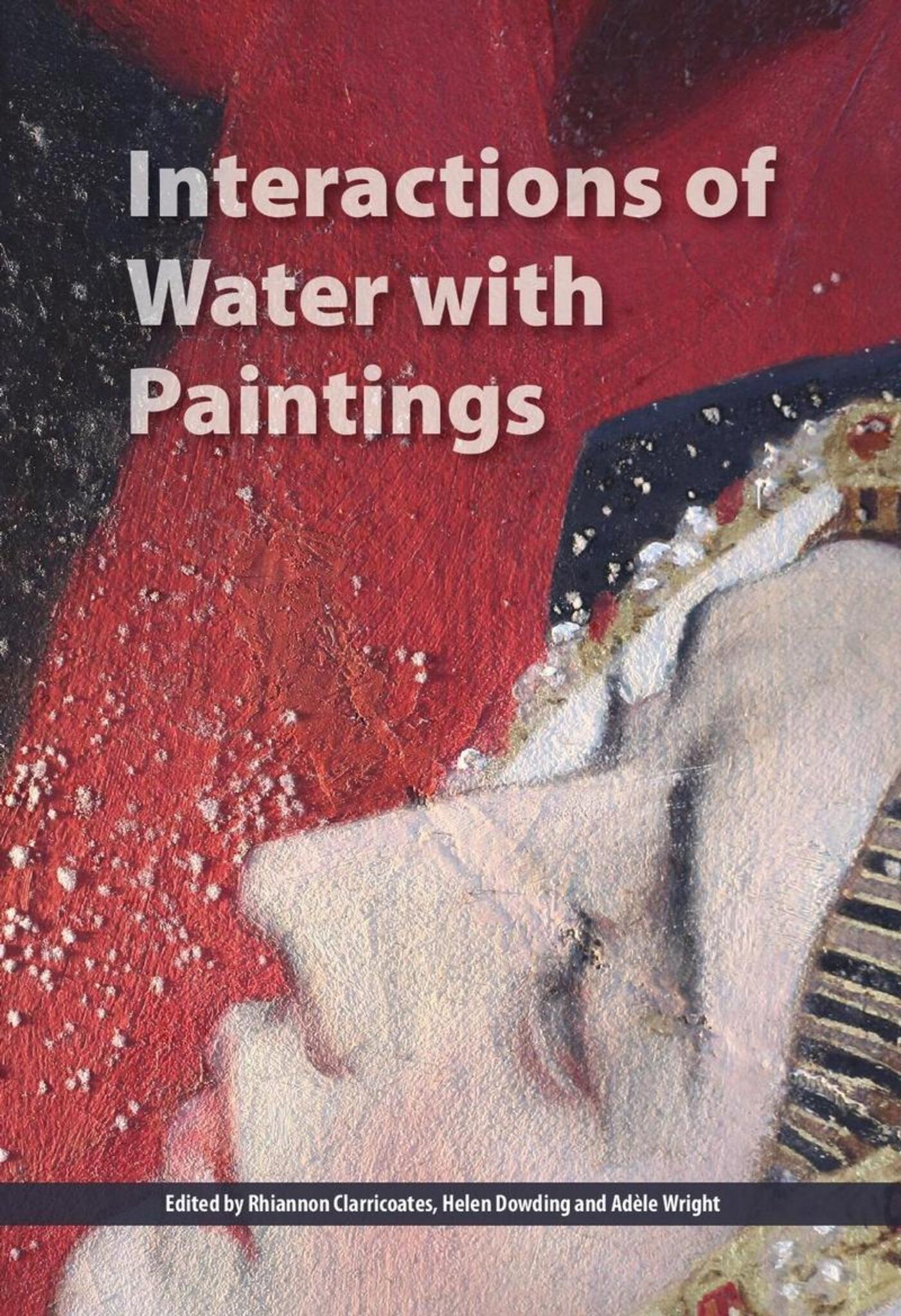We're sorry. An error has occurred
Please cancel or retry.
Interactions of Water with Paintings

Some error occured while loading the Quick View. Please close the Quick View and try reloading the page.
Couldn't load pickup availability
- Format:
-
01 May 2019

This volume contains the papers presented at the ICON Paintings Group conference 'Wet Paint - Interactions between Water and Paintings' held in Edinburgh on 12th October 2018.
Water has long been regarded as a valued tool in conservation,�utilised in the manufacture of materials and harnessed in various forms to suit conservation purposes. Paradoxically, however, it is also a potential agent of deterioration and even disaster. New avenues of research have led many conservators to explore the possibility of using aqueous materials such as gels as alternative treatments, but water can also be the cause,�either directly or indirectly,�of condition problems in supports, paint and varnish layers: in extreme cases water can all but destroy paintings entirely. The papers in this volume examine these different forms of interaction and their implications for conservators.

ART / Conservation & Preservation, Conservation, restoration and care of artworks

'Various themes within this volume serve a very broad view, ranging from the "inner" (composition of various types of paint on different support) to the "outer" (environmental causes). The presented papers evaluate handling the impact of water in any form and the advantages of using it in conservation practice. From these thriling articles about aqqueous cleaning systems, we learn to not get too comfy with water, which works as a polar solvent that can impact the structure of a painting. We must keep in mind the quntity of water used in treating a painting, as it can also act as a solvent and as an undercover antagonist; it can be quite difficult to distinguish between the two.'�
The conservation legacy of the flood of 1966: the experience of the Opificio delle Pietre Dure (Florence) through the restoration of�The Last Supper�by Giorgio Vasari
Andrea Santacesaria�
Twenty-five years after the Perth Museum and Art Gallery flood: reflections
Clare Meredith�
The conservation of two water-sensitive, fourteenth-century Italian fresco fragments by Spinello Aretino, previously treated and displayed as easel paintings in the nineteenth century
Eric Miller, Lynne Harrison and Helen Howard�
The challenges of reconstructing water-damaged paint layers on painted wooden panelling
Maja Su?evi? Miklin
Oil-based paint under a layer of water: a rare miniature painting technique from the eighteenth century
Tatjana Wischniowski
The application of water-based cleaning systems in the treatment of George Stubbs� wax paintings
Annie Cornwell
Methodology for monitoring the impact of moisture on lined canvas paintings in historic houses
Vladimir Vilde, David Thickett, David Hollis and Emma Richardson
Bulging in wax-resin impregnated canvas paintings
Cecil Krarup Andersen, Christine Slottved Kimbriel, Karen-Marie Henriksen, Cecilia Gregers-H�egh, Marie Christensen and Martin N. Mortensen
Paintings affected by mould at the Palace of Westminster
Alison Seed and Sally Higgs
Edvard Munch�s monumental Aula paintings: a review of soiling and surface cleaning issues and the search for new solutions
Lena Porsmo Stoveland, Maartje Stols-Witlox, Bronwyn Ormsby, Francesco Caruso and Tine Fr�ysaker
�It is a formal problem to represent water, to describe water, because it can be anything�: watery subjects, media, materials and conservation solutions for paintings by David Hockney
Rebecca Hellen, Rachel Scott and Bronwyn Ormsby
Using high molecular weight polysaccharides to clean vinyl paintings: a case study on a mixed-media contemporary artwork
Paola Carnazza and Serena Francone



